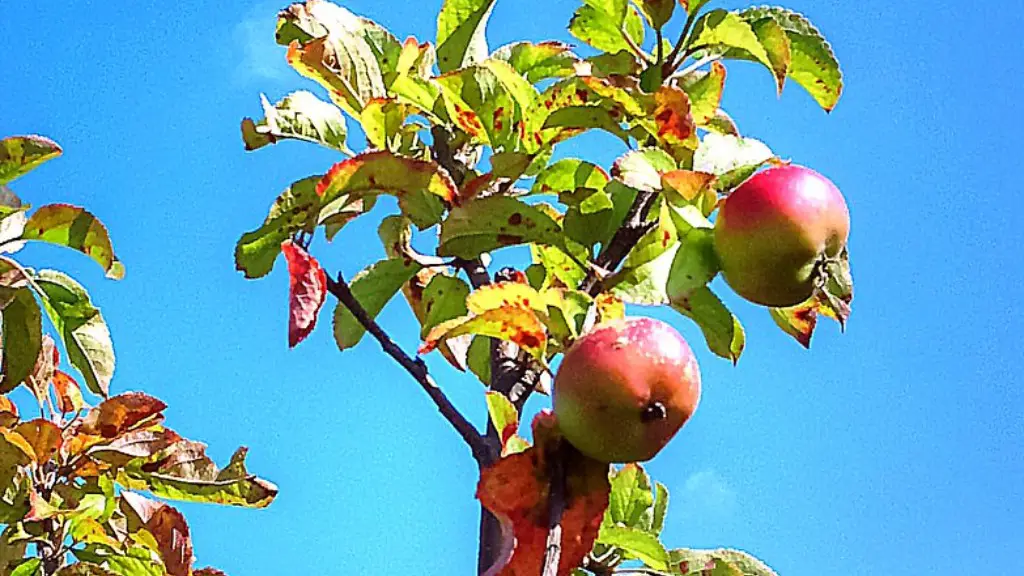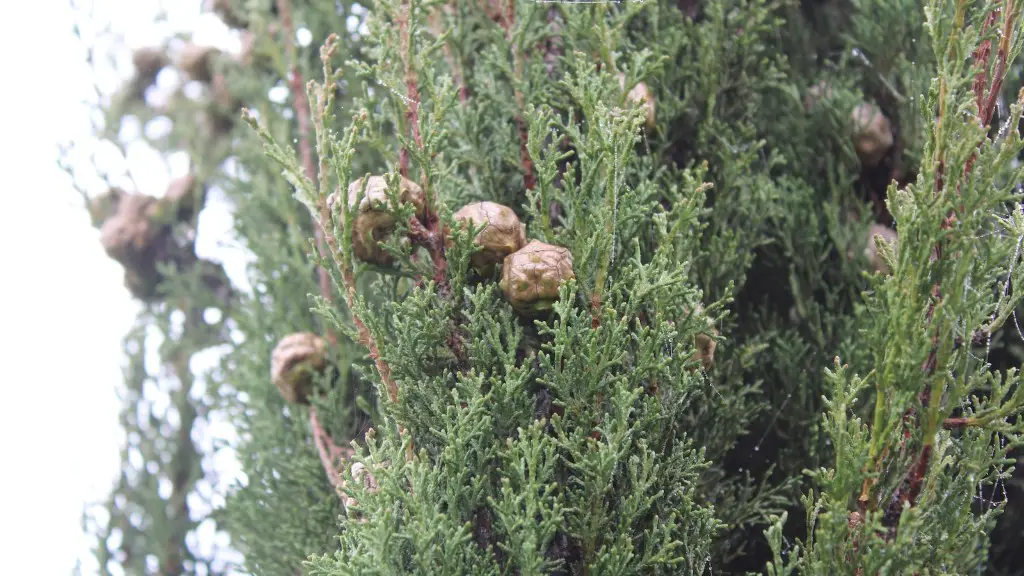Background Information
Avocado trees are a popular fruit tree to have in a garden due to the delicious fruit they provide. They are native to Mexico and Central America, but can be grown in many other places if given the right conditions. Avocados require hot temperatures, a lot of sunlight, and plenty of water and nutrients in order to grow and produce fruit, making the right climate essential. Avocado trees can grow very large, so it is important to select a spot that has the necessary room for them to reach maturity and produce fruit.
Soil and Nutrients
Avocados require well-draining soil with a pH of 6.5 for optimal growth. The soil should have plenty of organic material such as compost, as avocado trees love nutrients. The roots of avocado trees also require a sncro environment to retrieve oxygen, so sandy loam soil is ideal. To boost soil fertility, a balance of macro and micronutrients can be added to the soil, such as nitrogen, iron, and magnesium, as well as potassium and phosphorus.
Pruning and Maintenance
Avocado trees require regular maintenance and pruning to control their shape and size. Periodic pruning of the branches is recommended to encourage more lateral growth and more flowers and fruit. Additionally, removing any dead or diseased branches is essential to keeping the tree healthy. Mulching around the tree helps provide insulation to the roots and slow down the evaporation of moisture from the soil.
Pest and Disease Prevention
Avocados are susceptible to several pests and diseases, such as mites, aphids, and fungal diseases. Regular inspections for pests and signs of disease should be carried out, and if any are found, appropriate treatment should be given. Pest control can be achieved through natural or chemical methods, depending on which is the best option for the tree. Once treated, spraying the tree with a copper fungicide can help keep diseases away.
Proper Irrigation
Avocados require regular and adequate irrigation for optimal growth and fruit production. The amount and frequency of irrigation will depend on the time of year, temperature, and soil type. During the hot Summer months, avocado trees should be watered deeply and more often. It is recommended to wait until the topsoil has dried out before watering again, which will help encourage the roots to search deeper into the soil for water and nutrients.
Fruit Quality
To ensure that the avocados produced on the tree are of the highest quality, it is important to ensure that the tree is regularly fed. A balanced fertilizer with micronutrients can help to provide the tree with the necessary nutrients for healthy fruit growth. Additionally, pollination can be improved by introducing bees and other pollinators to the garden, which can also help with overall tree health.
Climate Considerations
When selecting a location to grow an avocado tree, it is important to consider the climate of the area. Avocado trees prefer to grow in hot and humid climates with temperatures between 60-85 degrees fahrenheit. Additionally, they do not tolerate cold weather, and can suffer frost damage at temperatures below 40 degrees.
Frost Protection
Avocado trees are highly sensitive to frost and can suffer cold damage even just a few degrees below freezing. To protect the tree from cold weather, it is important to cover the tree with a sheet or frost blanket when temperatures drop below 40 degrees. The sheet should be removed each morning to allow the tree to receive full sunlight, and re-applied each night if temperatures are expected to drop.
Propagation
Avocado trees can be propagated by grafting or rooting, which is a process of taking shoots from an existing tree and propagating them into new plants. Grafting is the most efficient way to propagate an avocado tree, as it produces an exact clone of the original tree in a much shorter time frame than rooting.
Harvesting and Storage
Avocado fruits should be picked when they are fully mature, which can be identified by the color of the fruit darkening to a dark green or black. Once picked, the avocados can be stored at room temperature for up to two weeks, and then transferred to the refrigerator until ready to be eaten.
Watering Considerations
When deciding when and how much to water the avocado tree, it is important to consider the temperature and season. During the hot Summer months, regular and deep watering is required to ensure the tree has enough moisture. During the cooler Winter months, the tree should have less frequent but deeper watering, to ensure the root system does not become over-saturated.
Protecting the Fruit
Avocado fruits are very sensitive and are prone to bruising, so it is important to handle them carefully. Additionally, the fruits can sometimes attract pests, so it is important to keep an eye out for signs of infestation, and take appropriate action if necessary.
Irrigation Systems
To ensure the avocado tree has an efficient and consistent water supply, it is important to install an irrigation system. This can be done manually, with a set of hoses and sprinklers, or an automated irrigation system can be set up to more precisely control the water supply to the tree.
Moisture Retention
Avocado trees require plenty of water to thrive, and soil moisture retention should be taken into consideration when selecting a location. Sandy loam soil is ideal for avocado trees, as it has excellent moisture retention properties, ensuring the tree never runs out of water.
Fertilizing
To ensure the tree has all the nutrients it needs for optimal growth and fruit production, it is important to feed the tree a balanced fertilizer. This can be done either manually, or a controlled system can be used to accurately measure out and deliver the required amounts of fertilizer to the tree.
Wind Protection
Avocado trees can be severely damaged by wind, as their large and delicate leaves can be easily ripped off by strong winds. To protect the tree from wind damage, it is important to plant it in an area with some shelter, such as near a wall or fence. Additionally, a windbreak, such as a row of trees or shrubs, can be used to reduce wind speed.


